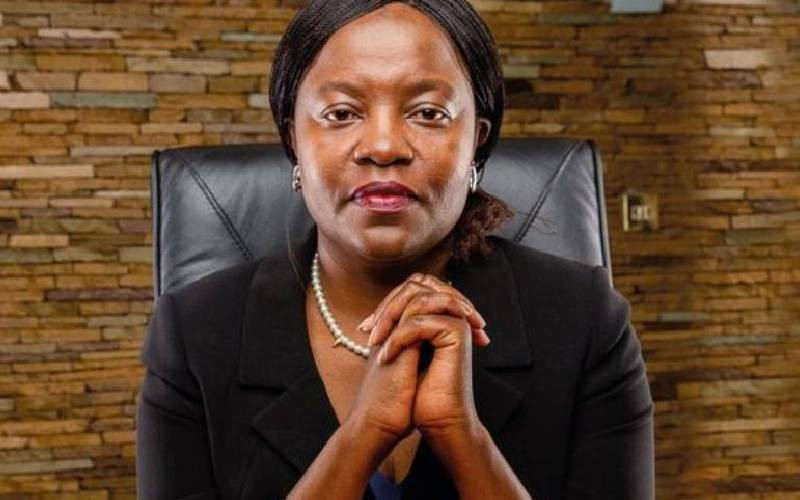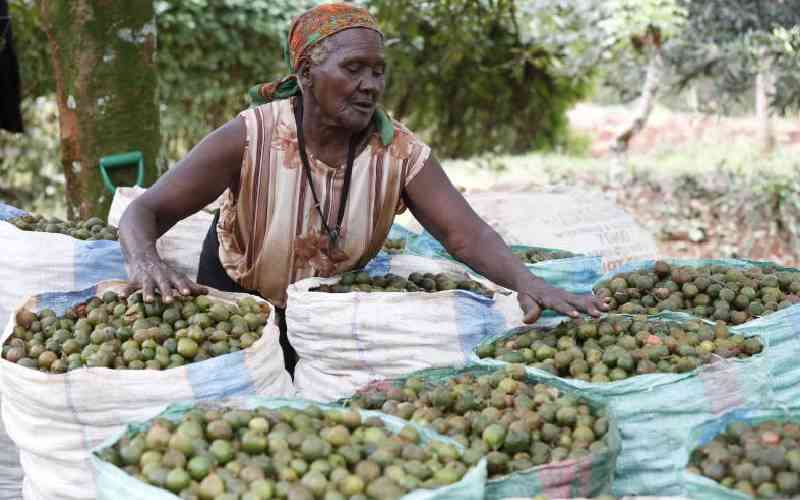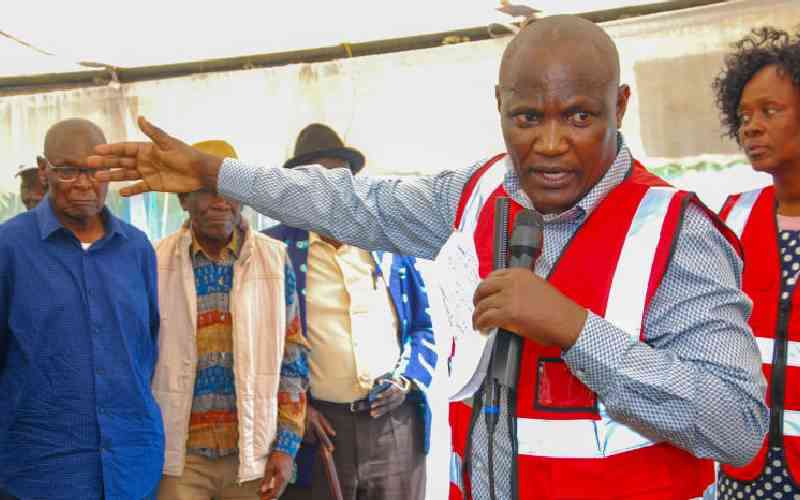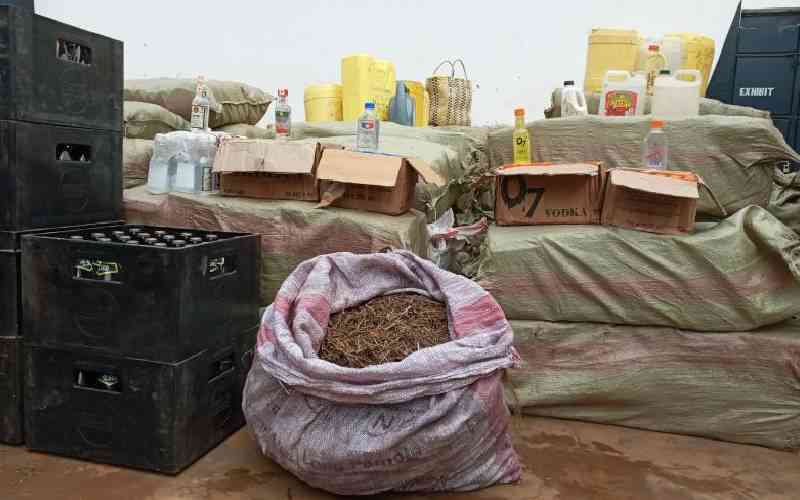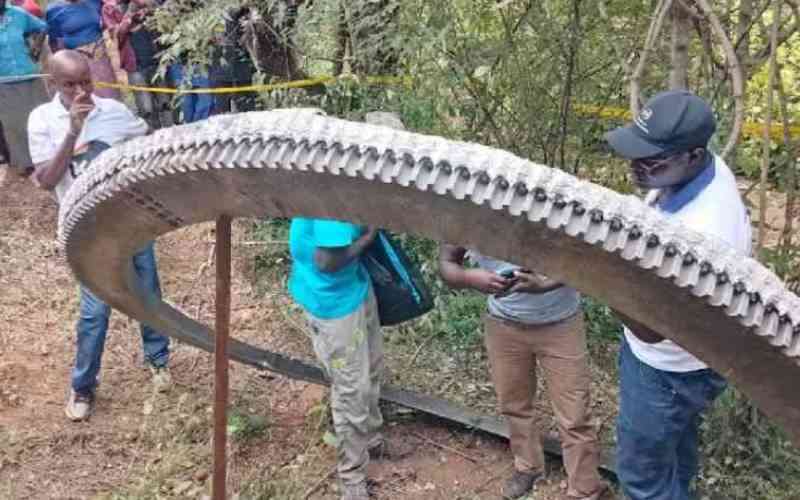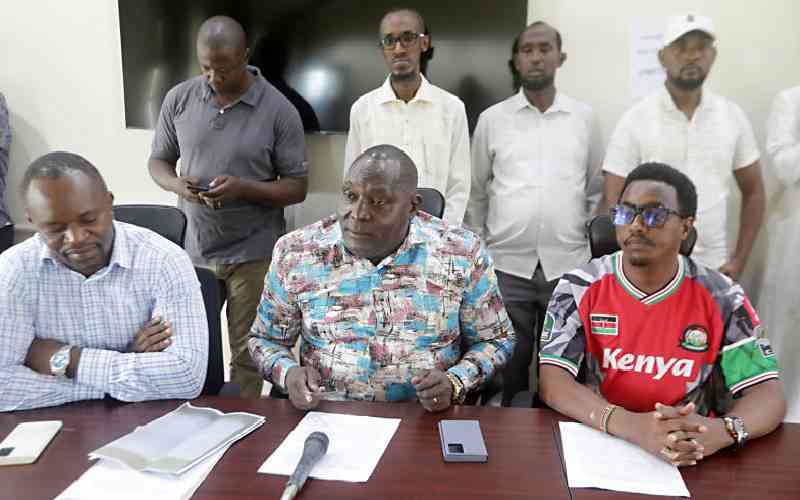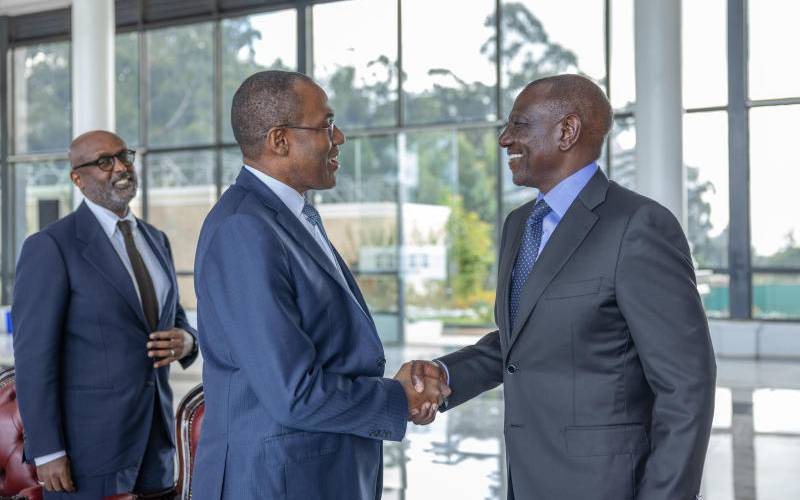
As Kenyans start the New Year, President William Ruto will be hoping for good tidings after the economic upheavals that gripped his administration in 2024.
Kenya started the year on a tricky patch as it faced the prospect of defaulting on a Sh258 billion ($2 billion at current exchange rates) Eurobond that was due in June, which could have plunged the country into debt distress and limited its ability to attract loans in the global market.
However, in February, the country tapped the international bond market to raise cash and buy back the 10-year Eurobond.
The National Treasury netted Sh194 billion ($1.5 billion) from the bond, which will mature in 2031, which reflected four times oversubscription.
While the 10.375 per cent yield at issue was lower than the expected 11 per cent, it was substantially higher than Kenya’s last bond issue in 2021, which offered a 6.3 per cent yield.
“The unexpected issuance defied earlier expectations that the National Treasury of Kenya would finance the planned buyback using foreign exchange reserves or loans from multilateral lenders. The successful Eurobond of $2.6 billion (Sh335 billion) issued by Côte d’Ivoire in January probably encouraged Kenya to take advantage of potentially more favourable – albeit still costly – rates in the external bond market,” an analysis by Credendo, a European credit insurance group noted at the time.
In May, the World Bank came to the rescue and approved Sh155 billion ($1.2 billion) in new funding to help Kenya address short-term fiscal pressures and simultaneously accelerate a more prosperous, green, and inclusive future.
The Kenya Fiscal Sustainability and Resilient Growth Development Policy Operation (DPO), the first in a series of three, was prepared under an improved macroeconomic environment.
This followed government action to address the challenges that had overshadowed the economy including tight liquidity pressures, depressed investor confidence and limited capital inflows that had resulted in a rapidly depreciating shilling.
“The policy dialogue around this DPO has helped to strengthen the macroeconomic framework, sustain an ambitious fiscal consolidation path, and tighten monetary policy,” said World Bank Country Director for Kenya Keith Hansen.
“After tackling the immediate fiscal pressures, the focus can now shift to addressing the country’s longer-term challenges.”
The National Treasury used Sh64.6 billion ($500 million) to repay the balance of the Eurobond ensuring the country was able to address its balance of payments needs.
Both the World Bank and the International Monetary Fund (IMF) have been in the lead in aiding the country overcome its economic challenges, especially after the Covid-19 crisis.
However, the IMF has been accused of pushing for punitive measures, including high taxation, in a bid to wean the country off dependence on foreign lending in favour of domestically generated ordinary revenue.
Kenya signed agreements with the IMF in July 2023 to raise more revenue and undertake other reforms, including tackling corruption and divesting from loss-making state corporations.
Under the Extended Fund Facility (EFF), the Extended Credit Facility (ECF) and the Resilience Sustainability Facility (RSF), the Bretton Woods institution has reiterated the need for a tighter fiscal stance to help reduce debt vulnerabilities and achieve a PV debt or GDP (Gross domestic product) of 55 per cent, the authorities’ debt anchor, by 2029. “A tighter fiscal stance is envisaged under the programme to help reduce debt vulnerabilities and achieve a PV debt-GDP of 55 per cent, the authorities’ debt anchor, by 2029. This will entail the timely implementation of reforms to broaden the domestic tax base and improve tax compliance. These are critical for achieving the authorities’ revenue objectives of reversing the trajectory of the tax revenue-to-GDP ratio while promoting equity and fairness in the tax regime,” it said.
The IMF also called for continued expenditure rationalisation with a focus on enhanced efficiency of public investments, better targeting of subsidies and transfers, addressing weakness in state corporations, and digital delivery of public services.
However, the IMF also notes that persistent difficulties in mobilising revenue coupled with spending rigidities have led to a further accumulation of pending bills, and necessitated deep cuts in development spending, with the potential for knock-on effects on growth and debt sustainability.
The review came in the wake of widespread protests led by Gen Z in June and July, which resulted in the death of at least 61 demonstrators and injuries of tens of others after they breached the precincts of Parliament forming MPs to scamper for safety using an underground tunnel.
It has, however, not been all gloomy for Kenyans as the inflation rate has been on a downward trend in 2024 though it increased to 2.80 per cent in November from 2.70 per cent in October.
On the other hand, the Central Bank Rate, which signals banks to lower lending rates was reduced to 11.25 per cent in early December from 12 per cent, the third time the Monetary Policy Committee was pushing backing to increase loans to the private sector to spur the economy.
 The Standard Group Plc is a multi-media organization with investments in media platforms spanning newspaper print
operations, television, radio broadcasting, digital and online services. The Standard Group is recognized as a
leading multi-media house in Kenya with a key influence in matters of national and international interest.
The Standard Group Plc is a multi-media organization with investments in media platforms spanning newspaper print
operations, television, radio broadcasting, digital and online services. The Standard Group is recognized as a
leading multi-media house in Kenya with a key influence in matters of national and international interest.

